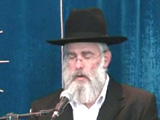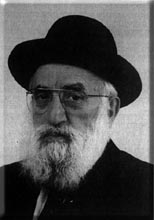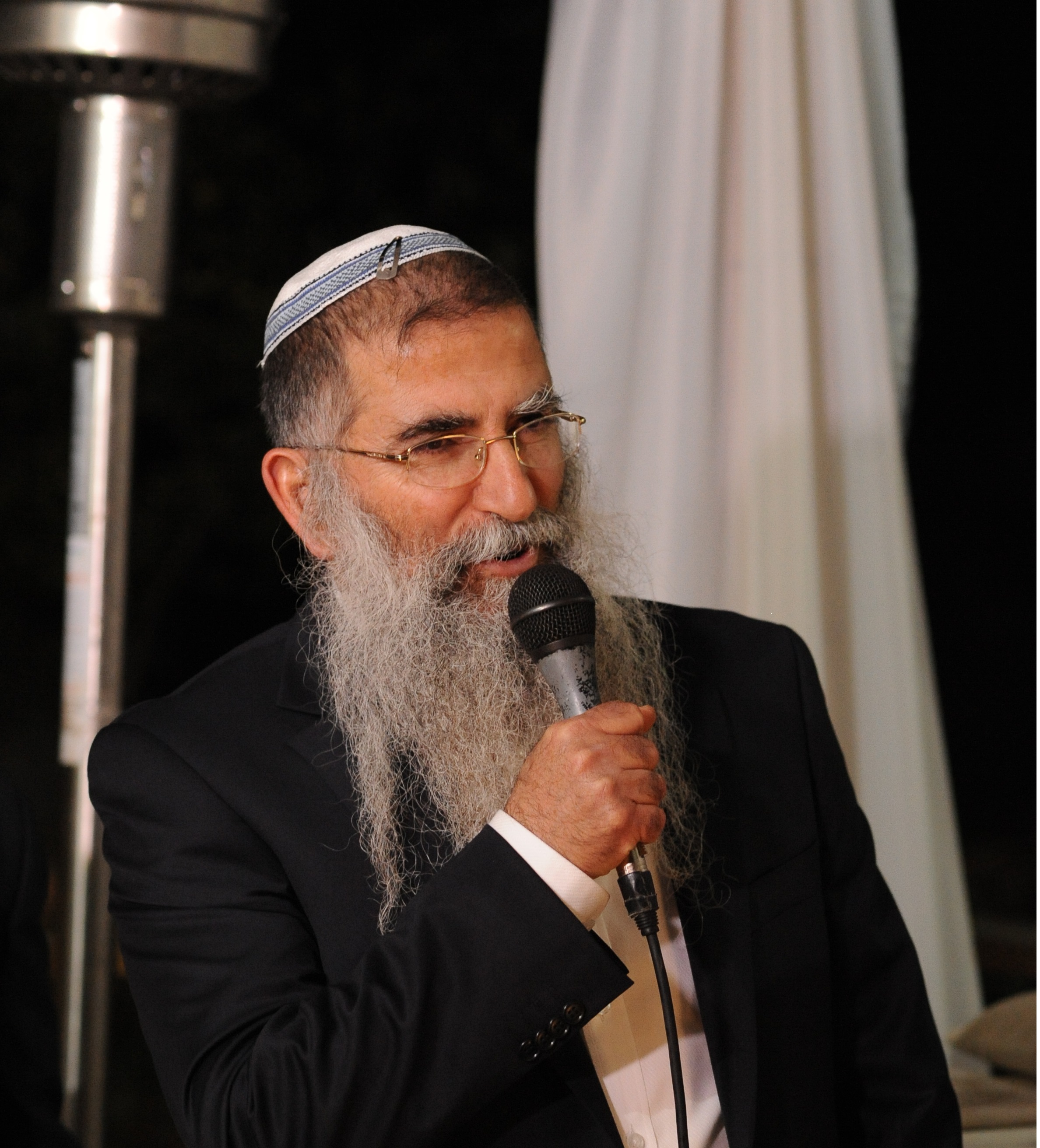Beit Midrash
- Sections
- Chemdat Yamim
- Ein Ayah
Ein Ayah: [Rav Kook is bothered why it is that the beracha is on a singular light, considering that the mitzva is to light multiple candles. Presumably the question is due to the fact that there are multiple days, as on any given day there is not an outright obligation to light more than one candle and on the first day there is only one candle.]
Chanuka is positively influenced by the loftiest future, as we said (see Ein Ayah, Shabbat 2:8) when explaining the significance of the word Chanuka, which is related to the word chinuch (education). Chanuka conjures up all the individual lights that need to illuminate the nation: the light of Torah, the light of prophecy, the light of wisdom, the light of justice, the light of bravery, the light of joy, the light of loving-kindness, the light of love, and other similar concepts.
All of these individual lights seem to be independent and separate from each other, only before the highest purpose of life is recognized. It is sometimes important for these lights to stand separately so that the special form of each one of them will not be blurred by their being mixed in among the others.
On the other hand, there are times in which the separation between the different lights (i.e., the concepts that they represent) can bring philosophical disputes. One person will be particularly attracted to one of the lights to an extreme, and it will appear to him that someone who is drawn primarily to a different light is slighting the light that appeals most to him and whose grandeur is clearest to him. In some ways, this can actually be good, as the devotees of each light will take steps to show the greatness and significance of their ideal. When this is done for each light, the intensity of appreciation of each one expands, and, therefore, in all, there is great development of each light.
However, the separation of the lights will not remain forever, for as long as there is a lack of philosophical unity, sanctity cannot be well-based in the world. The greatest blessing is peace, and, in the future, this will be attained when there will be a clear recognition to all that the ostensibly individual lights are actually just one light. That is the reason that we do not refer, in the beracha, to the lights of Chanuka. It is because Chanuka is spiritually connected to the distant very lofty future, when Hashem’s greatness will be transcendent in the world. In deference to that future time of philosophical unity we refer to the light of Chanuka.

"Rav Kook's 'Take' on the Current Turmoil in Israel"
Ein Aya Shabbat 5,22
Rabbi Ari Shvat | Iyar 5783

The Importance of Spiritual Genealogy
Various Rabbis | Tishrei 13 5778

The Teshuva of a Non-Sinner
Various Rabbis | Tevet 14 5778





















